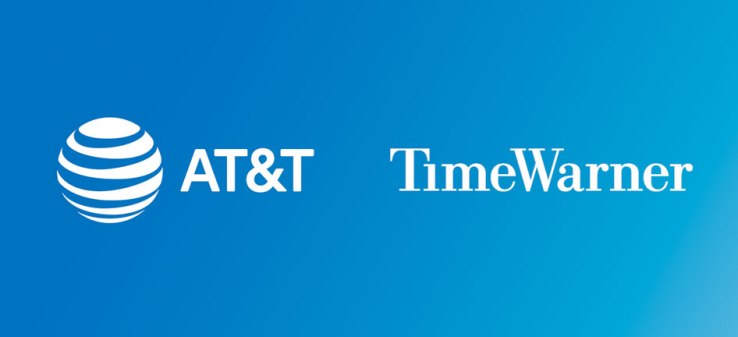
AT&T’s soon-to-launch live streaming service, DirecTV Now, just got a lot more interesting following AT&T’s acquisition of Time Warner. Announced earlier this year, DirectTV Now was already an anticipated new arrival on the cord-cutting scene, thanks to its plans to stream more than 100 live channels over the Internet without having to agree to traditional pay TV contract. More of a rival to Dish’s Sling TV or Hulu’s forthcoming live TV offering, than something like Netflix, the acquisition will give AT&T access to Time Warner’s formidable media properties for its video service at the best possible terms.
That could translate into better packages and pricing for DirecTV Now subscribers. That is, more of the quality pay TV channels could be offered under one low price point, instead of breaking up the available channels into “skinny bundles” – something AT&T and DirecTV haven’t been keen on, saying that these smaller packages aren’t scalable.
Instead, when AT&T in March announced its plans to launch its own streaming service, DirecTV Now, it said the idea would be to offer all the content you’d typically find in a regular pay TV bundle, but un-tether it from the set-top box. The company had described it as “pay TV as an app.”
With Time Warner’s content coming in-house, AT&T has gained access to wealth of TV and movie properties, including HBO, CNN, TBS, TNT, Cartoon Network, and the Warner Bros. film studio, home to the Harry Potter and DC Comics franchises. Through Turner, its has the rights to the NBA, March Madness and MLB. That will help with its channel lineup and selection.
And with HBO under its wing, AT&T can take advantage of the technical learnings HBO has acquired by running its own, successful over-the-top streaming service, HBO NOW.
As any Sling TV subscriber can tell you, there’s still plenty of room to compete in this area by offering a streaming TV service focused on cable-like programming, but with fewer glitches and a better user experience. Sling TV still has an awful interface, despite its upgrades, and has struggled in the past under peak usage, as with the season premiere of “Game of Thrones,” for example. HBO, meanwhile, has seemed to better figure out how to handle massive loads of viewers.
Then there’s the fact that, as a carrier, AT&T has will offer better deals to DirecTV subscribers who are also AT&T customers. The company already said that the data require to stream it on mobile, would be incorporated into the content cost.
This could help AT&T better compete with T-Mobile, which has been marketing its “Binge On” services as a way to stream music and video from over 100 top services without counting towards your data plan.
For AT&T, the deal, of course, means the carrier has a way to make money from mobile video, which is also what it’s betting on as the future of TV. More people today aren’t just cutting the cord, they’re forgoing a pay TV subscription altogether, opting for over-the-top subscription services like Netflix, or even just free video content like YouTube. That has put AT&T, like other mobile operators, into the position of being a ‘dumb pipe’ – something all are loath to do. With a mobile-optimized streaming TV service, sold as an add-on to its cellular service, that changes.
But while there are advantages to the deal from AT&T’s perspective, consolidation like this could be bad for competition. AT&T will own some of the best video content around, and could then deny it to rivals, raise the licensing costs or use it as a bargaining chip in rights negotiations. These concerns, however, are likely to be the focus of regulators, who could require certain concessions for deal approval – like not withholding HBO from rival streaming services, for example – or not discriminating against competitors’ content on its service – something Comcast had to agree to with its own NBCUniversal deal.
No comments:
Post a Comment